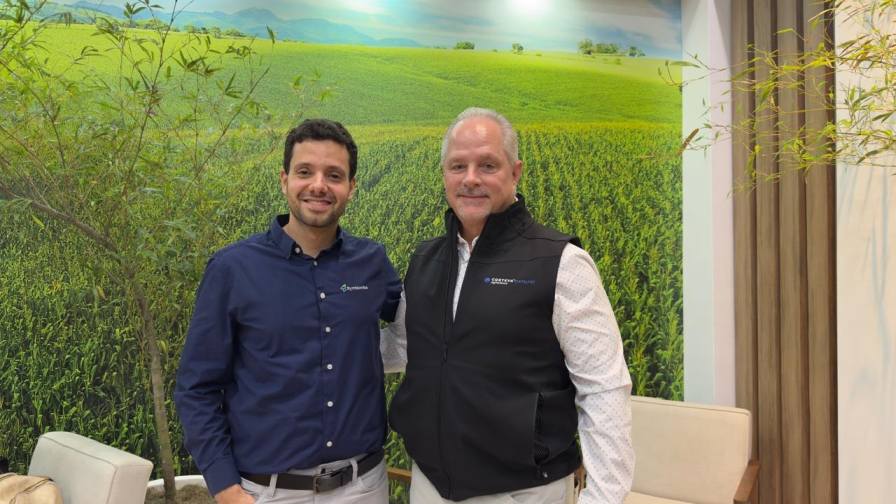Crisis Averted: U.S. Pesticide Regulations Upheld

The U.S. crop protection industry celebrated a victory that validates the U.S. Environmental Agency’s pesticide review process. A group of environmental activists sued the EPA, claiming that its oversight and approval processes violated the U.S. Endangered Species Act (ESA). More than 380 active substances could have been pulled from the market if the crop protection industry had not rallied to defeat the measure in a U.S. District Court in San Francisco, California.
U.S. District Court Judge Joseph C. Spero dismissed the Center for Biological Diversity and Pesticide Action Network North America versus Environmental Protection Agency April 23 on the grounds that the plaintiffs did not show actual harm to any endangered species and that the statute of limitations for challenging a pesticide registration had expired on many of the active substances named in case. Those rulings provide a precedent that might benefit the agriculture industry as it continues to fend off complaints on behalf of ESA.
“Clearly Judge Spero has said that plaintiffs must have facts and be able to illustrate actual harm to species to be able to evoke this kind of challenge legally,” said Jay Vroom, president and CEO of CropLife America, which was granted limited intervenor status on the case, allowing it to file motions on behalf of the defense. “And we also think that he has vindicated our claim that essentially the statute of limitation had expired on most of the compounds that were named in the lawsuit. So there are some procedural and scientific vindications here, which is good news. But knowing what we know about the complexity of due process and the science of biological opinions under the Endangered Species Act, but we are a long ways from seeing daylight.”
Plaintiffs have 30 days to file an amended complaint in accordance with the court’s order, or 60 days to appeal to the 9th U.S. Circuit Court of Appeals. But the appeal is just one factor in the uncertainty surrounding ESA and its impact on agriculture in the United States.
“We also think this is an opportunity for us to reposition the larger holistic question of what’s the impact of modern agriculture on the landscape in terms of benefits of biodiversity including endangered species. Our farm customers care about wildlife, and risks are truly being managed. We believe that modern agriculture — including the use of crop protection tools, biotechnology and the precision delivery of nutrients and everything you can look at in the context of the way farmers farm – even our staunchest opponents will have a hard time conceding that this isn’t a great story for the benefit of biodiversity.”
Section 10.10 of ESA says that administrators of the Act must consider how their actions impact production agriculture, which gives the industry what Vroom says is “plenty of statutory authority” to shift the conversation to the benefit of agriculture businesses.






